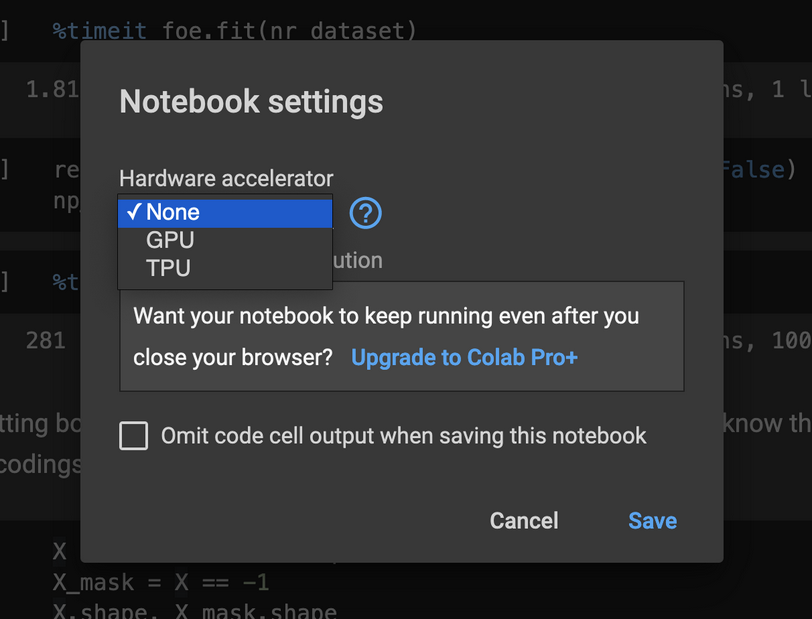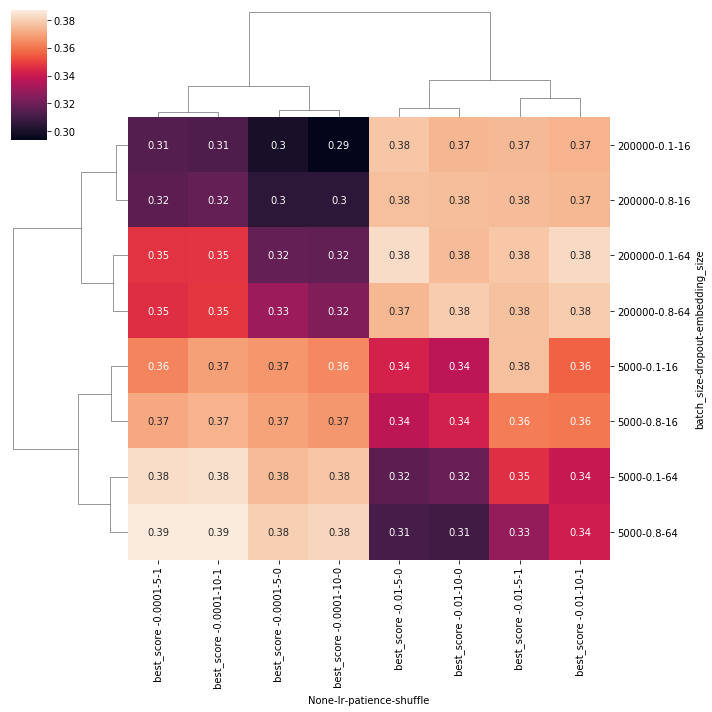SGD update and the intuition behind it
20200905172135
The SGD update rule is:
\[x = x - \lambda * \Delta x\]Keep this in mind for a moment.
Incremental mean
The incremental mean of a sequence \(x_1, x_2, x_3, …\) expressed as \(\mu_1, \mu_2, \mu_3, ..\) can be computed incrementally:
\[\mu_k = \frac{1}{k}\sum_{j=1}^kx_j\] \[\mu_k = \frac{1}{k}(x_k+\sum_{j=1}^{k-1}x_j)\] \[\mu_k = \frac{1}{k}(x_k+\frac{\sum_{j=1}^{k-1}x_j*(k-1)}{k-1})\] \[\mu_k = \frac{1}{k}(x_k+(k-1)\frac{\sum_{j=1}^{k-1}x_j}{k-1})\] \[\mu_k = \frac{1}{k}(x_k + (k-1)\mu_{k-1})\] \[\color{red}\mu_k = \mu_{k-1} + \frac{1}{k}(x_k - \mu_{k-1})\]- In this, \((x_k - \mu_{k-1})\) is an “error” term where \(\mu_{k-1}\) is the “prediction” and \(x_k\) is the current observation.
- \(\frac{1}{k}\) is some “learning” rate, saying over how many previous samples we want to compute the “moving average”. When \(k\) is equal to the number of all the samples, this is exactly the incremental mean.
In non-stationary environment (not changing in time), it can be useful to compute a moving (running) average (mean) over a finite number of previous states, and not on all of them. This is done by having \(\frac{1}{N(s)}\) be replaced with \(\color{red}\alpha\) in the following form \(\mu_k = \mu_{k-1} + {\color{red}\alpha}(x_k - \mu_{k-1})\)
Under this interpretation:
- A really small \(\color{red}\alpha\) means that we keep incorporating information from lots more previous states
- if \(\alpha\) is small, this means \(\alpha = \frac{1}{large\_nr\_steps}\)
- A large \(\color{red}\alpha\) means that we’ve incorporated information from only a few previous states
- if \(\alpha\) is large, this means \(\alpha = \frac{1}{small\_nr\_steps}\)
Estimating the derivative analytically
If we are to use \(\mu_{k-1}\) above in an update rule, this would look like:
\[\mu = \mu + {\color{red}\alpha}(x - \mu)\] \[\mu = \mu - {\color{red}\alpha}(\mu - x)\]which says that the previous value \(\mu\) (the lvalue of the assignment), which was a moving average over a period in time - whose length is defined by \(\alpha\) - was updated with the moving average value over computed on the shifted sequence, the one that also includes \(x\) now (the rvalue of the assignment).
This really explains the intuition of why the SDG update step really looks the way it does. In it, the term \(\mu - x\) is an approximation of the \(\Delta \mu_x\) (derived from Numerical Differentiation) , which is a means of analytically computing the error term, saying in which direction we need to change the moving average towards the end goal.
This intuition is also presented in [[20200729171147]] RL Course by David Silver - Lesson 4.
On the other hand, you can find a different explanation (or intuition) for why SGD update works in Yann LeCun’s Lesson 4 ( [[20201201214511]] Yann LeCun video course)
Another great (different) explanation comes from 3Blue1Brown channel:



Comments